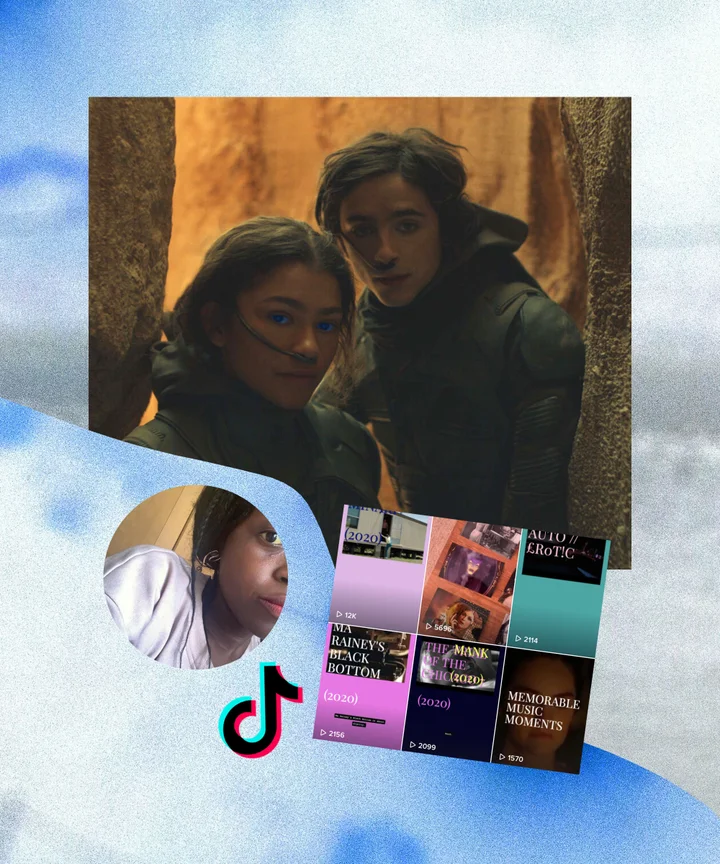Save to your laptop media folder the recent exam paper that you have received by email for your one exam this summer: Component 2 Media Texts & Concepts.
You will see that you have already done Section A on analysing representation in Agent Carter.
The format for Section B is the essay. CIE have changed the mark to 25 per essay but the total proportion remains identical:
Section B: Institutions and audiences
Answer one question from this section.
Refer to specific examples from one media area chosen from:
-
film
-
music
-
print
-
radio
-
video games.
2 ‘Nowadays, everybody consumes media texts in the same way.’ Discuss with reference to the
media area you have studied. [25]
OR
3 Discuss the impact of funding on media products. [25]
In today's class time:
- identify the key concepts in essay title question 2 about 'everybody consumes media texts in the same way'.
- explain any terminology and relate it to the essay question
- note the command /task : evaluate, analyse, how far? to what extent?
- in a sentence, state what case studies, studios, events you plan to use
- make a mental note of how you can include personal consumption
You will have class time to develop our brainstorming and note-making into an essay.Attempt to draw a conclusion, such as:
- In conclusion / to sum up / ultimately / upon consideration / with this in mind / taking all of this into account...
- To conclude, I have shown that the concept of 'audience' is complex and diverse, that even a single text may have more than one audience: for instance, Ken Loach's IDB and SWMY speak to both 'grassroots' audiences who may watch a community screening in a village hall as well as 'prestige' audiences who value the cultural capital of attending a film festival screening. Equally, the same audience may choose different platforms to consume different media: whilst the Instagram or TikTok feeds for a film benefit from the interactivity of a mobile phone platform, action and drama films with high production values like No Time To Die and Captain Marvel attract audiences to the big cinema screen with its immersive pleasures and Dolby Atmos sound.
PREP TASK as outlined in class, an investigation: what theorist would support any of your views?
Whilst you are not required to send me the finished rough essay, you may do so if you wish, for marking after next term starts.
EXTENSION WORK: Considering other platforms like TikTok
WARNER BROS/MOVIESTORE/SHUTTERSTOCK & PAVAN BIVIGOU/TIKTOK.
Zendaya & Timothee Chalamet in Dune (2021), Pavan Bivigou's profile on TikTok.
TikTok had been untouched on
Pavan’s phone for about a year when the
pandemic hit and she, like many other film-lovers, found themselves at a loss as theatres shut their doors for the foreseeable future. Restlessness, fear and boredom crept in, and during the height of isolation, she began using the
video-sharing platform to keep a personal diary of what she was watching. Seeking distraction and connection, hordes of other displaced cinema-goers also had the same idea, and creators in their thousands began to pour in, joining a sacred space where the love of everything screen-related is key: Film Tik
Today, the hashtags
#filmtiktok and
#filmtok tally up just under 3 billion views in total, and that’s not taking into consideration the numerous sub-categories of the community which branch off into their own obsessive corners of the internet:
#filmtokmusical #blackfilmtok #tiktokshortfilm – the list goes on. Here the creators blur the boundaries of film content with anything from recommendation videos, critical video essays, crowdsourced projects, to fan trivia and Timothée Chalamet supercuts.
EXTENSION WORK: Considering the concept of 'platforms' ( = how & where audiences 'consume' media)
Broadly defined, media “platforms” are methods (linked with technologies) that allow media producers to deliver content to media consumers or audiences. “Platform” may refer to a technology, service, site, or method of delivering content. Every platform has its own uses, gratifications, technologies, rules/codes, structures, cultural standards of use—in short, what we might call its own “ecosystem.”
Traditional or “old” media platforms (print and broadcast media, including books, newspapers, magazines, television, film, etc.) rely on unidirectional messaging. Digital or “new” media platforms (internet media, including social media, knowledge platforms, media sharing platforms, service-oriented platforms) allow multi-directional messaging.
So as we ponder the concept of 'platforms', we might link together the features that a particular platform offers with its audience pleasures:
- IMAX: giant screen, surround sound, special FX (immersion into film world, suits action film experiences like Avengers Infinity Wars)
- cinema: big screen, Dolby Atmos, additional trailers (sociable occasion, food & drink; special screenings with Q&A, membership eg. Curzon)
- proliferation of streaming services: offer wide choice and range of costs to audiences, from children to film fans (Netflix, Amazon Prime, Disney+, Sky...)
- streaming platforms: accessible on a range of devices for different screening occasions and needs (watch a trailer on iPad but the film at the cinema; portable; downloadable)
- social media platforms: interactive, engaging content; music, fan sites, merchandise; FB, Insta, TikTok
- film website: hosts trailers, cinema screening info & booking tickets, hub of convergent links to social media / music tracks / merchandise
 Extract from Hotel Babylon HERE
Extract from Hotel Babylon HERE
